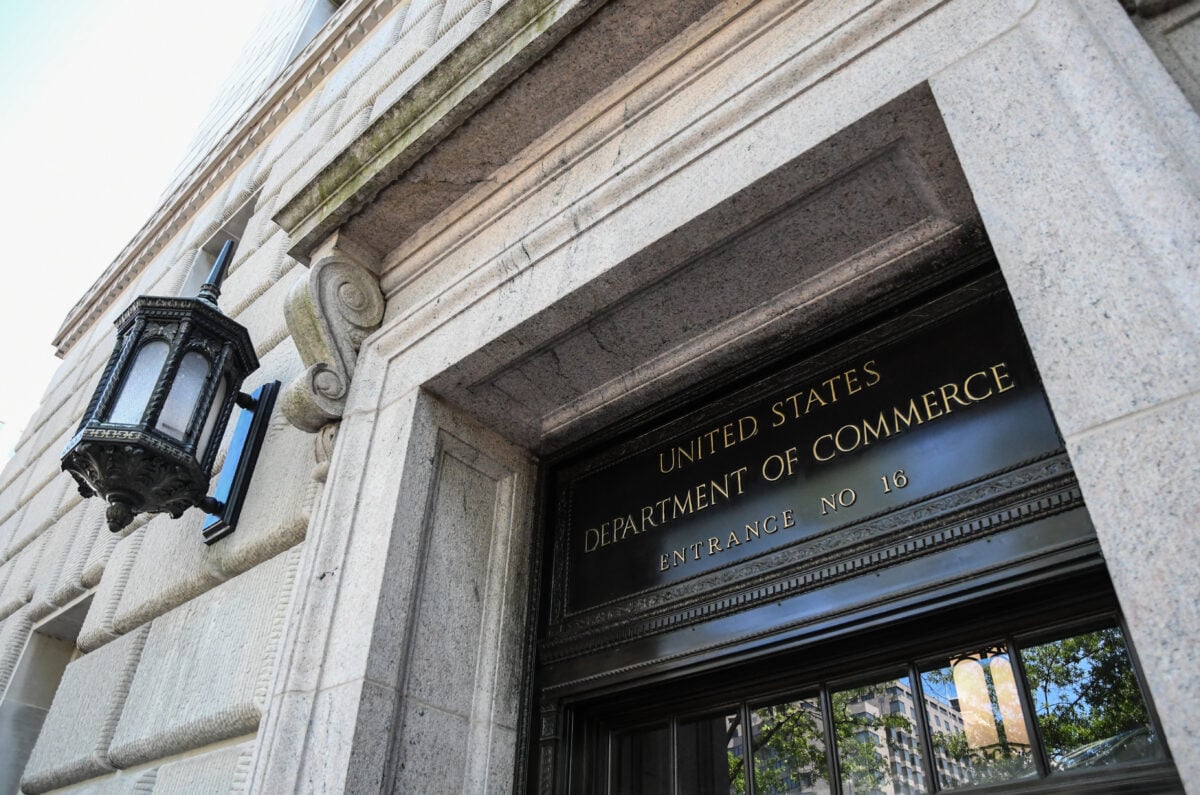TLDRs;
Contents
- The U.S. Commerce Department voided a $7.4B Biden-era semiconductor research grant over legal and oversight concerns.
- Natcast, a private nonprofit originally tasked with managing funds, was removed for lack of accountability.
- NIST will now directly oversee the National Semiconductor Technology Center under the CHIPS and Science Act.
- The decision highlights U.S. efforts to rebuild domestic chip capacity and counter global competition, especially from China.
The U.S. Commerce Department has announced the cancellation of a $7.4 billion semiconductor research grant, citing legal and accountability concerns.
The funds, originally allocated under the Biden administration, were to be managed by Natcast, a private nonprofit entity established to oversee the National Semiconductor Technology Center (NSTC).
However, officials described Natcast as a “semiconductor slush fund,” raising red flags over its structure and use of taxpayer money.
NIST takes direct control of funding
Following the decision, operational responsibility for the NSTC will shift to the National Institute of Standards and Technology (NIST), a federal agency within the Commerce Department.
RELEASE: Department of Commerce Takes Action Against the Biden Administration’s Unlawfully Established Operator of the National Semiconductor Technology Center, “Natcast” pic.twitter.com/hv5ROBsuoi
— U.S. Commerce Dept. (@CommerceGov) August 25, 2025
The move marks a significant change in governance, as federal authorities seek to exercise tighter control over how funds from the $52.7 billion CHIPS and Science Act are distributed. The department stressed that the restructuring is intended to ensure better transparency, oversight, and accountability.
So far, Commerce has not disclosed how much money Natcast has already spent. Research facilities tied to the initiative include a center that opened in Albany, New York, in July and another slated to launch in Tempe, Arizona, by 2028.
Strategic stakes in chip manufacturing
The decision comes at a pivotal time for the U.S. semiconductor industry. Once accounting for 37% of global chip manufacturing capacity in 1990, the U.S. share has since declined to just 12% by 2020. The CHIPS Act aims to reverse this trend by incentivizing research, development, and domestic manufacturing.
The $7.4 billion in research funds represented a cornerstone of this broader national strategy, supporting advanced chip innovation and supply chain resilience. However, the governance shake-up underscores a deeper debate: how should the government structure public-private partnerships in critical technology sectors?
Officials close to the matter suggested that the current administration favors direct government oversight instead of relying on third-party intermediaries. This approach aligns with broader efforts to ensure public funds are carefully managed in sectors deemed strategically vital, from semiconductors to clean energy and defense technologies.
Global and domestic implications
The timing of this move also carries geopolitical weight. Since 2020, U.S. companies and government programs have announced more than $630 billion in semiconductor-related supply chain investments, generating over 500,000 jobs nationwide. Industry leaders such as Intel have pledged over $100 billion in U.S.-based chip manufacturing expansions, further highlighting the sector’s growing importance.
Meanwhile, China remains a central competitor in the global semiconductor race. The country imported $350 billion worth of semiconductors in 2020 and is pursuing a goal of 70% domestic chip production by 2025 through its “Made in China 2025” program. The U.S. sees boosting its own chip capabilities as essential not only for economic growth but also for national security.
Within the United States, semiconductor employment has grown at an annual rate of 4.3%, with more than 203,000 workers by 2023. This growth extends beyond manufacturing into research and development, reflecting the increasing need for specialized talent in chip design and next-generation materials science.


